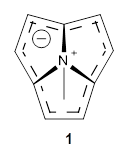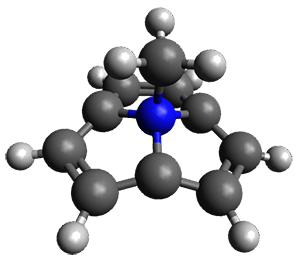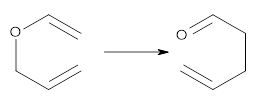Yeonjoon Kim, Jin Woo Kim, Zeehyo Kim and Woo Youn Kim (2017)
The paper presents an interesting approach to generating the most important intermediates given reactants and products.
Highlighted by Jan Jensen
Figure 2 from the paper. Reproduced under the CC-BY licence.
The paper presents an interesting approach to generating the most important intermediates given reactants and products.
1. The reactants and products are mapped to atom connectivity (AC) matrices, where the presence and absence of bonds are represented by 1's and 0's.
2. Intermediates are then enumerated by changing the matrix elements using simple rules and constraints are employed to keep the number of intermediates manageable: the change in bonding is limited to a maximum of two per steps and only changes to bonds involving "active atoms" (atoms with different bonding in reactants and products) are considered. Identifying active atoms involves mapping reactant atoms to product atoms, using the method proposed by Floudas and co-workers. The AC matrices are converted to SMILES strings and 3D coordinates to ensure that they correspond to chemically reasonable molecules.
3. A reaction network is then constructed by finding intermediates that best connect reactants and products by computing "chemical distances (CDs)" between AC matrices and identifying intermediates with CDs to reactant and product that are similar to the CD between the reactant and product themselves. The CDs are then used to find the shortest path to reactant and product for each intermediate to yields a minimal reaction network.
4. Finally, TSs connecting the structures in the minimal reaction are found using conventional QM methods.
The method is applied to Claisen ester condensation and Cobalt-catalyzed hydroformylation. The method is implemented in a python program called ACE-Reaction but the availability of this program is unclear.








